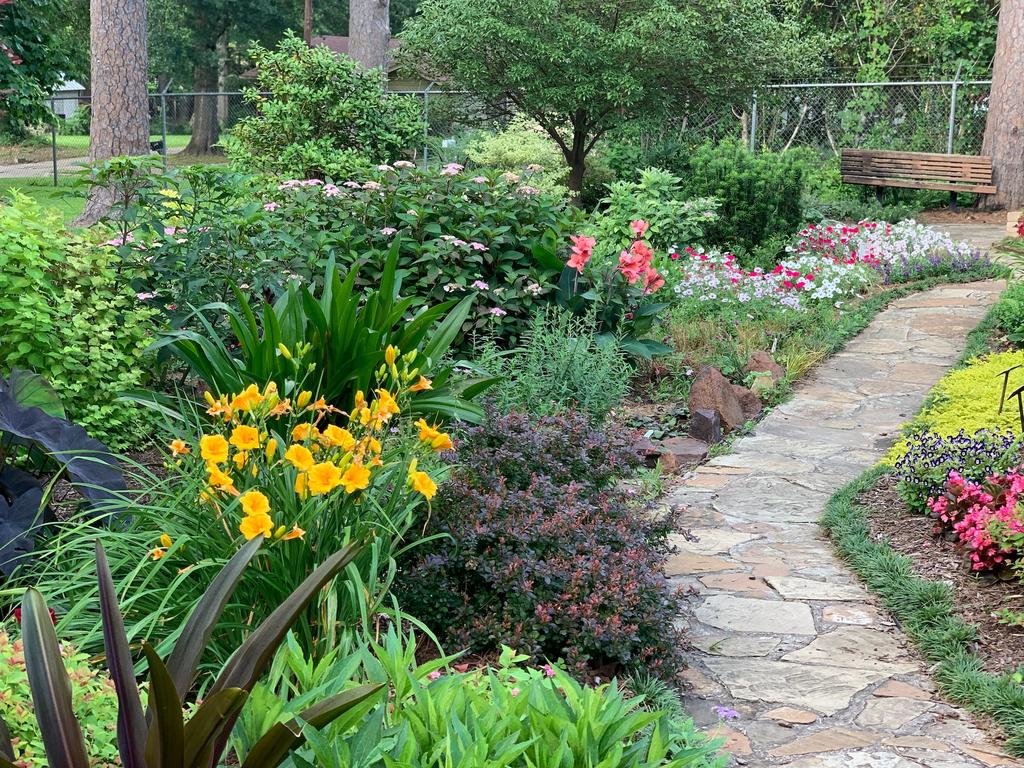Maintaining a peaceful landscape can significantly increase the value and appeal of your property. However, there may come a time when you need to consider removing trees from your landscape. Whether it’s due to disease, safety concerns, or the need for space, tree removal requires deep thought.
Fortunately, there are solutions and tree removal services in West Auckland that can help you preserve your landscape while addressing any issues you may have. Let’s dig deeper into alternatives and solutions to tree removal that allow you to maintain the environmental benefits of your landscape.
Horticultural Pruning
One alternative for tree removal in West Auckland is pruning, where specific branches or parts of a tree are selectively removed to improve health and appearance. Proper pruning can address damaged limbs, enhance the tree’s structure, and promote growth. By implementing pruning techniques, you can avoid complete tree removal while still achieving your desired results.
Crown Reduction
If a tree in your landscape has become too large and poses a risk to its surroundings, crown reduction can be considered as a solution instead of complete removal.
Crown reduction refers to the process of removing branches to reduce the height or spread of a tree crown. This technique helps maintain the tree’s shape while minimising its size. By opting for crown reduction, you can address safety concerns and preserve the tree’s appeal without having to remove it completely.

Tree Cabling and Branching
Another solution for trees with weaknesses is tree cabling and bracing. Instead of resorting to removal, this method involves installing steel cables between branches to provide additional support and minimise the risk of failure. Additionally, weak or split trunks can be stabilised by installing threaded rods or bolts through bracing techniques. These approaches help safeguard trees with weakness issues and reduce the need for their removal.
Tree Transplantation
In cases where a beloved tree no longer suits its location, transplanting can be an alternative to removal. Transplantation involves uprooting the tree and relocating it elsewhere, allowing it to thrive in its environment.
This process requires planning and expertise, so it is recommended to seek advice from an arborist. They can assess the tree’s health, determine if it’s suitable for relocation, and guide you through the transplanting procedures.
Restoring Trees
Sometimes, a tree that is diseased or damaged can be brought back to its health with the proper care and treatment. Tree restoration techniques involve identifying issues, applying treatments, and providing ongoing care to ensure the tree recovers. This may include pruning, fertilisation, pest control and improving the soil quality. By investing in restoring a tree, you can preserve its benefits and contribute to the long-term health and beauty of your landscape.
Replacing Trees
In situations where tree removal is necessary, one way to maintain the aesthetics and environmental benefits of your landscape is by replacing that tree with a new one or many specific to the location(s). Planting new trees helps fill the void left by removal while enhancing the beauty of your landscape.
When selecting replacement trees, important factors to consider are suitability for the site’s desired functions, like shade or privacy appeal, as well as long-term maintenance requirements. If you’re unsure about the process, professional tree removal in Sunshine Coast can help guide you through both the removal and replacement stages to ensure optimal results.
Having a variety of trees in your landscape offers benefits for both humans and wildlife, contributing to the overall ecological health.
Conclusion
When faced with the need to remove trees, it’s essential to explore all options and solutions before making a decision. There are alternatives worth considering, such as horticultural pruning, crown reduction, tree cabling and bracing transplantation, tree restoration, and tree replacement. By selecting the best alternative for your specific circumstances, you can preserve the beauty, environmental value, and financial worth of your landscape while effectively addressing any concerns. Remember to seek guidance from a certified arborist or tree specialist who can provide expert advice tailored to your situation. With proper planning and care, you’ll be able to maintain a thriving landscape for many years to come.




